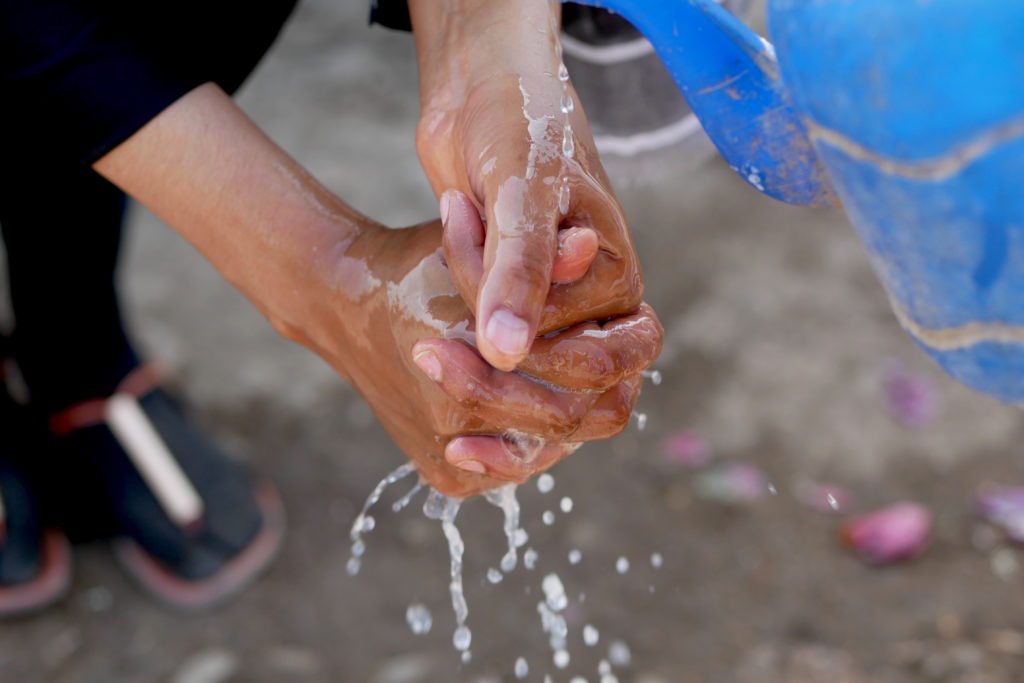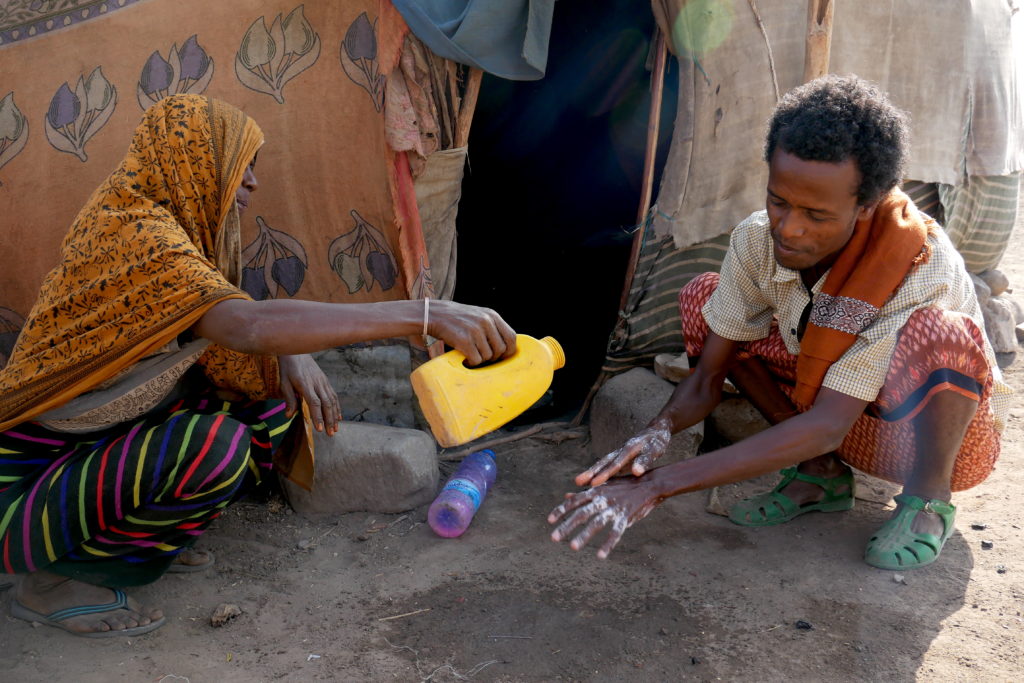COVID-19 has shone a spotlight on the importance of handwashing with soap, making this year’s Global Handwashing Day particularly prominent. Although experts have long been extolling the benefits of this basic health protection measure, it seems it has taken a pandemic for the world to listen.
But despite being a simple activity, increasing rates of handwashing with soap at the right times remains a challenge. Most of us are creatures of habit and require a conscious effort to change our ways. This additional effort – however small it may seem – often proves to be a barrier to sustaining changes long enough for us to form new habits and begin practicing behaviours automatically.
Whilst the initial disruption of the pandemic may have spurred us to make the extra effort to wash our hands more regularly (with soap, multiple times a day and for long enough to sing happy birthday twice), how many of us can honestly say that we have continued this practice rigorously as we have settled into new routines?
As time goes by, the fear-inducing health warnings and initially inspiring behavioural campaigns that fostered a sense of social obligation, camaraderie and togetherness (remember the #SafeHands Challenge?) fade into the background of our new normal. Motivation to continue to exert the effort needed to maintain new practices begins to wane and gradually we start to slip, perhaps not all the way back but some of the way, towards our old habits: washing our hands less often, for slightly less time than we know we should, skimping on the soap, or skipping the occasional critical time.
If those of us lucky enough to have easy access to (hot) running water and soap face these challenges, imagine the additional difficulties faced by people for whom the practice is not so straightforward. Before the pandemic, a shocking two in five people globally didn’t have a handwashing facility at home and 818 million children lacked access to basic handwashing facilities at school.
Without easy access to handwashing facilities, people must go out of their way to collect water and/or soap to perform this simple action. This requires time, money and energy that may already be stretched. It is unsurprising that, for those without the facilities to wash their hands comfortably and conveniently, practices are even harder to foster and maintain.
So what can we do about it?
To start, we need to make it easier for everyone to wash their hands with soap whenever they need to. Recognising that prior to the pandemic practical information to support handwashing programming was scattered, in April 2020 the Sanitation Learning Hub published the first edition of our rapidly compiled Handwashing Compendium for Low Resource Settings. It aimed to bring existing knowledge on handwashing facilities and hygiene promotion into one place to create an easily accessible resource for practitioners.
Since this was published it has been great to see a wealth of additional resources become available, such as the excellent COVID-19 Hygiene Hub supported by handwashing experts from around the world. These, and others, acknowledge the importance of remaining nimble to respond to emerging needs and priorities. Today, for example, we are publishing the third edition of the Handwashing Compendium for Low Resource Settings which we have updated regularly to reflect on feedback and new information.
One of the most dynamic sections of the Handwashing Compendium includes local examples of handwashing initiatives. It showcases the ingenuity of local actors adapting to local contexts around the world and encourages learning from and between people working on these.
Where parts for building handwashing facilities have not been available or affordable, we have seen inspiring and creative alternatives emerge. Similarly inventive have been the hygiene promotion and community engagement initiatives, particularly where traditional methods have had to be adapted in the context of physical distancing.
Adapting to different contexts
A common thread throughout many of these local examples is again the recognition of the importance of adapting and improving over time. Often seemingly minor tweaks can make or break whether a facility is used regularly, correctly or not at all.
Several who shared their work explained to us how they have modified designs and activities based on user feedback. For example, SEED Madagascar realised that people were put off using their handwashing facilities if their feet got splashed and made modifications to prevent this; ABMS in Benin learned that their facilities needed to be easier to refill if people were to keep using them and cut a flap in the top of the water containers to facilitate this; NSI.WATER LTD in Uganda saw how long people spent queuing to wash their hands in public places and developed multiple-user facilities to reduce this; and WaterAid Pakistan learned that the rural women they were visiting to discuss the importance of handwashing with really wanted information on menstrual hygiene so incorporated this alongside handwashing. All have – and continue to – strengthen their work through a cycle of reflection, learning and adaptation.
So I challenge you this Global Handwashing Day: what simple tweaks could you make to your handwashing set up to help you and those around you (remember to) wash your hands with soap properly every time you need to?








